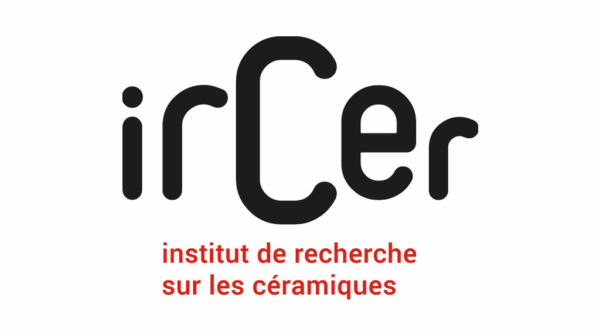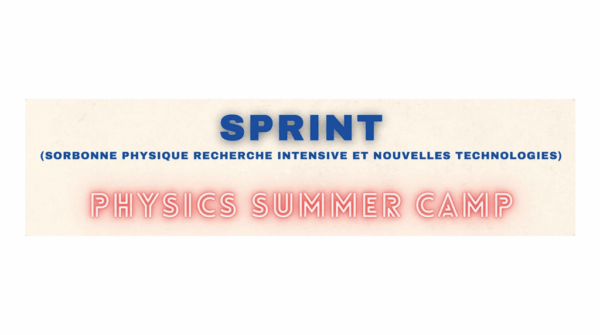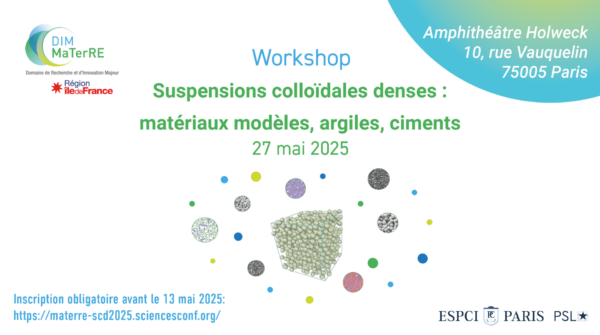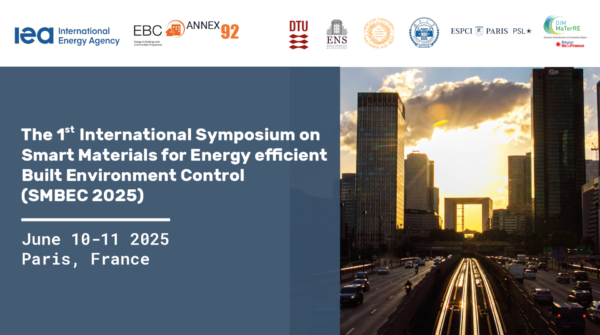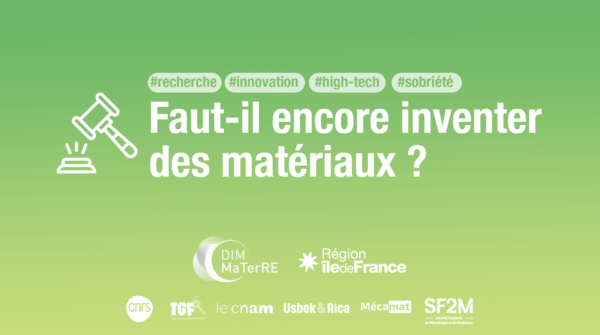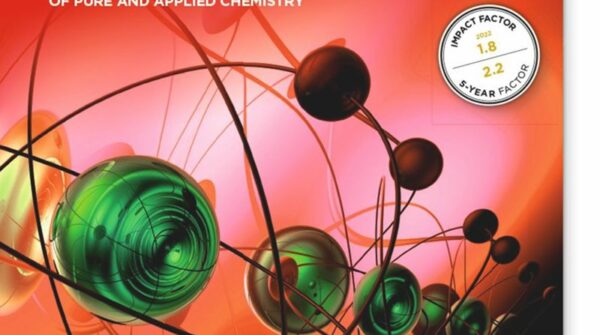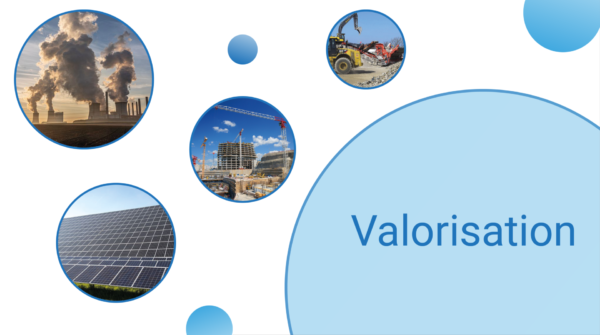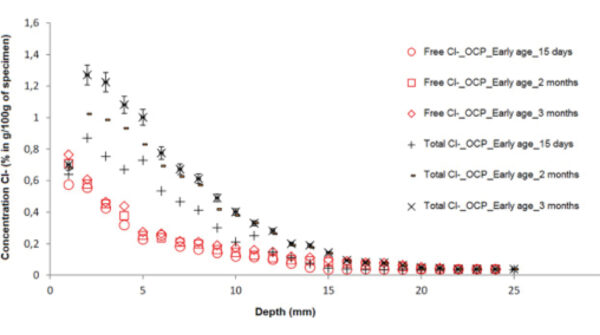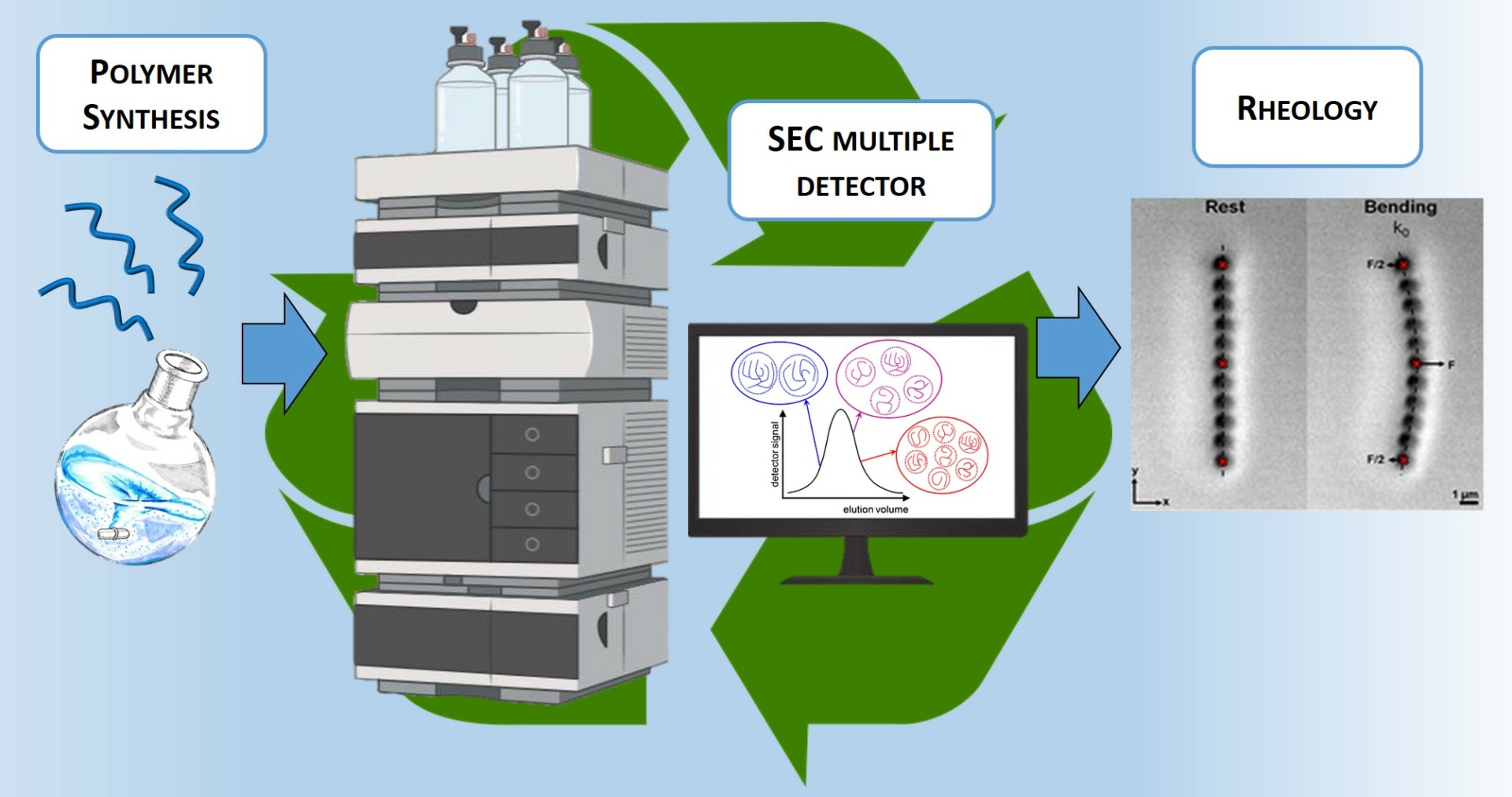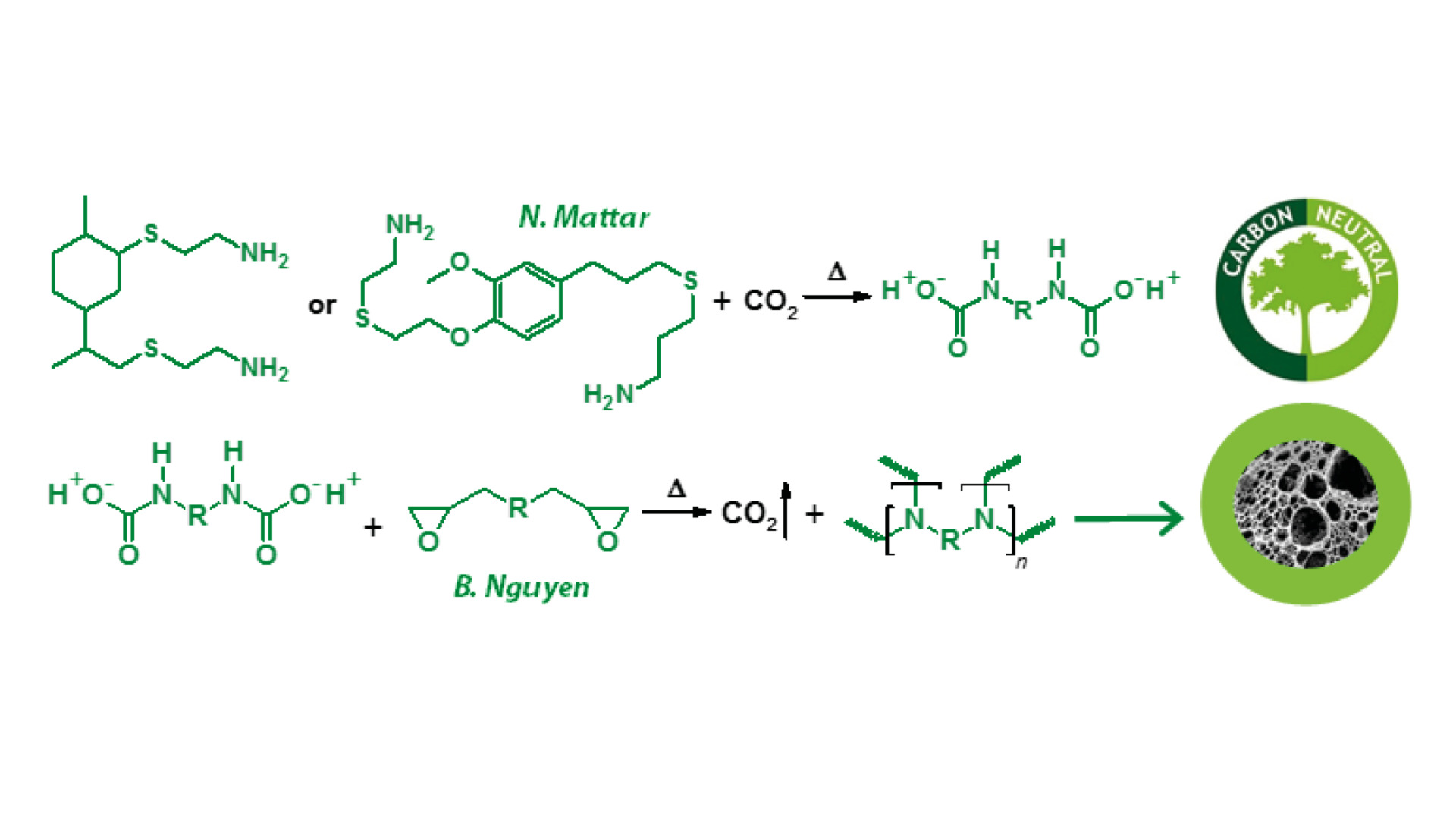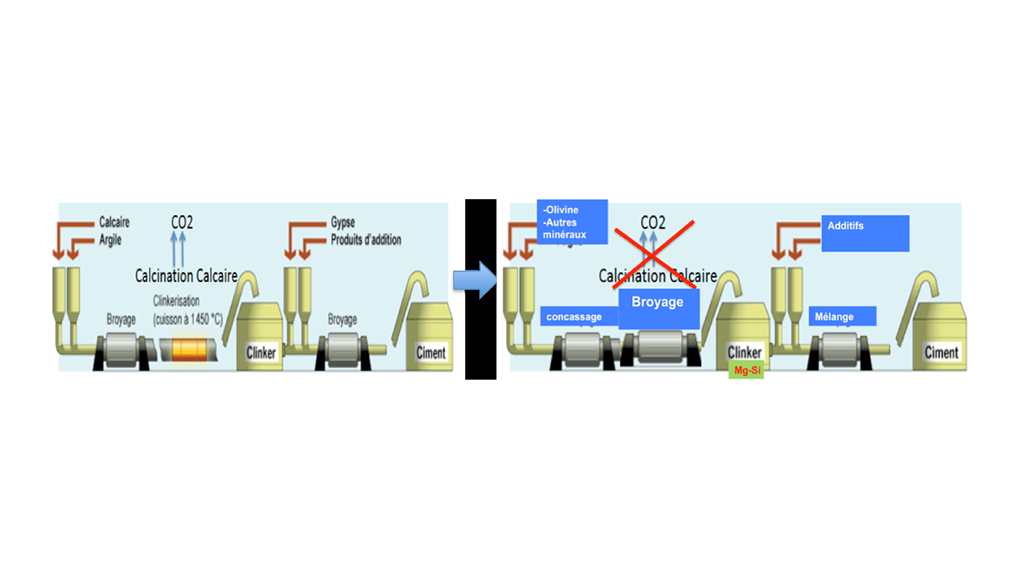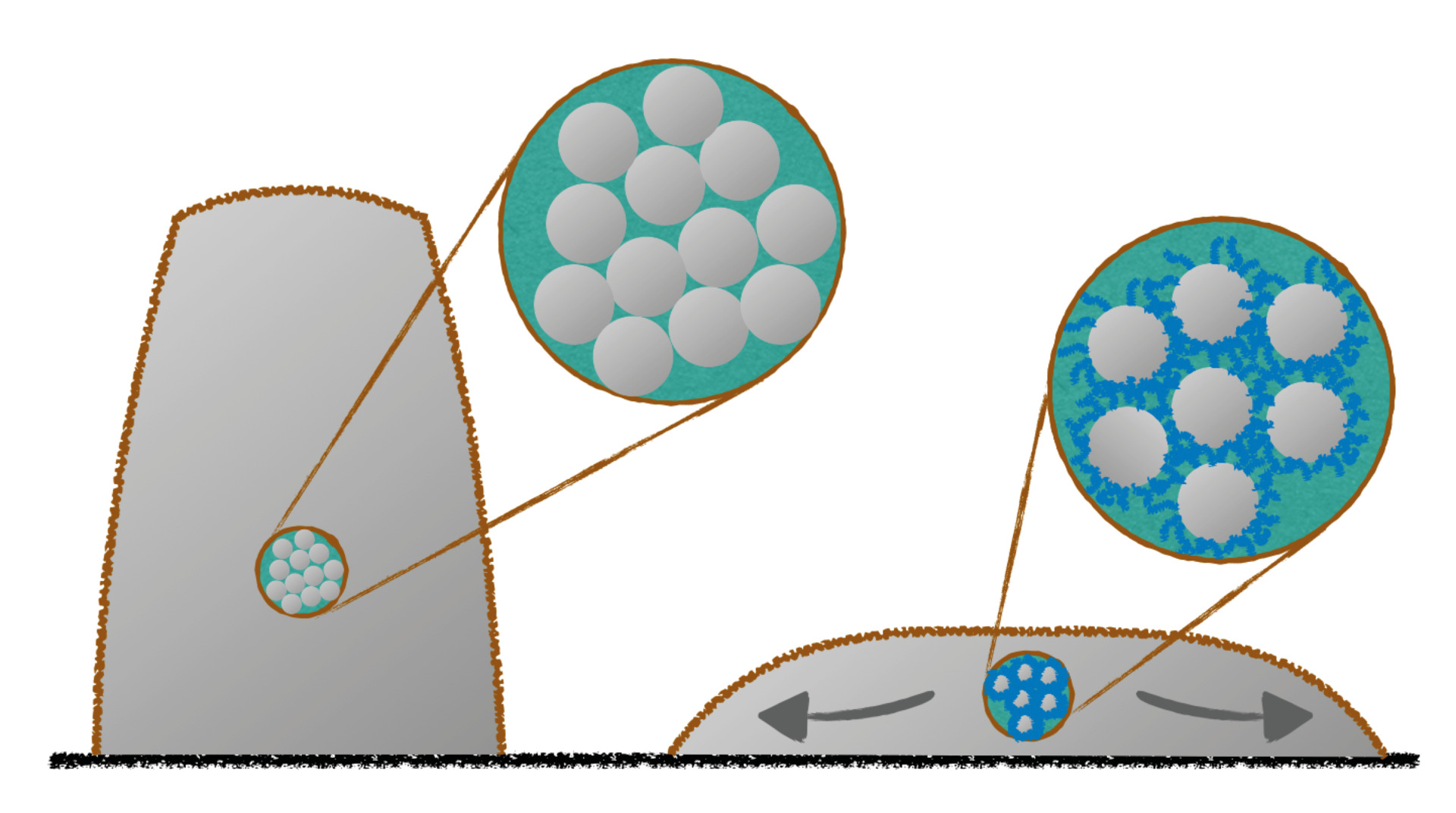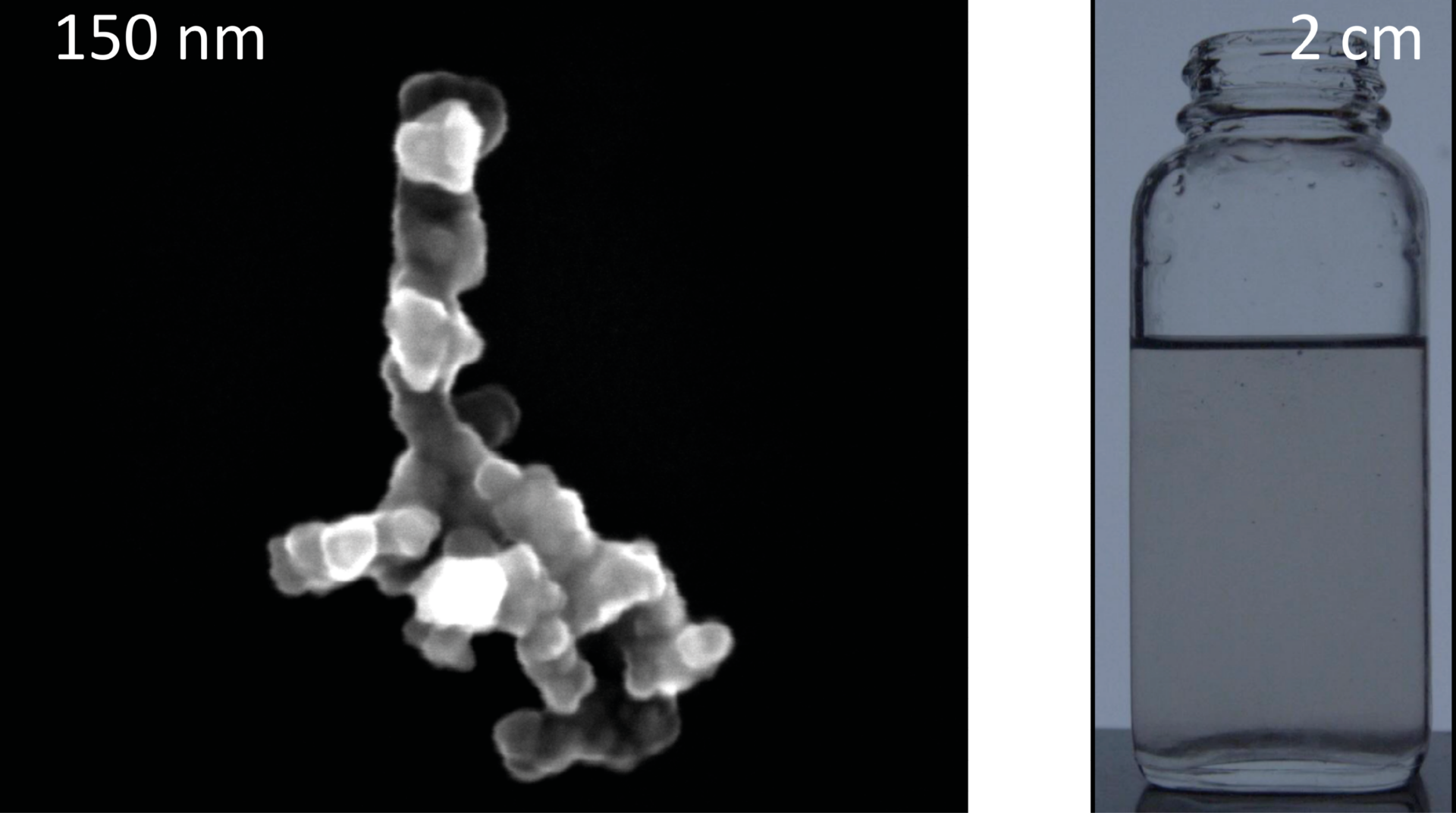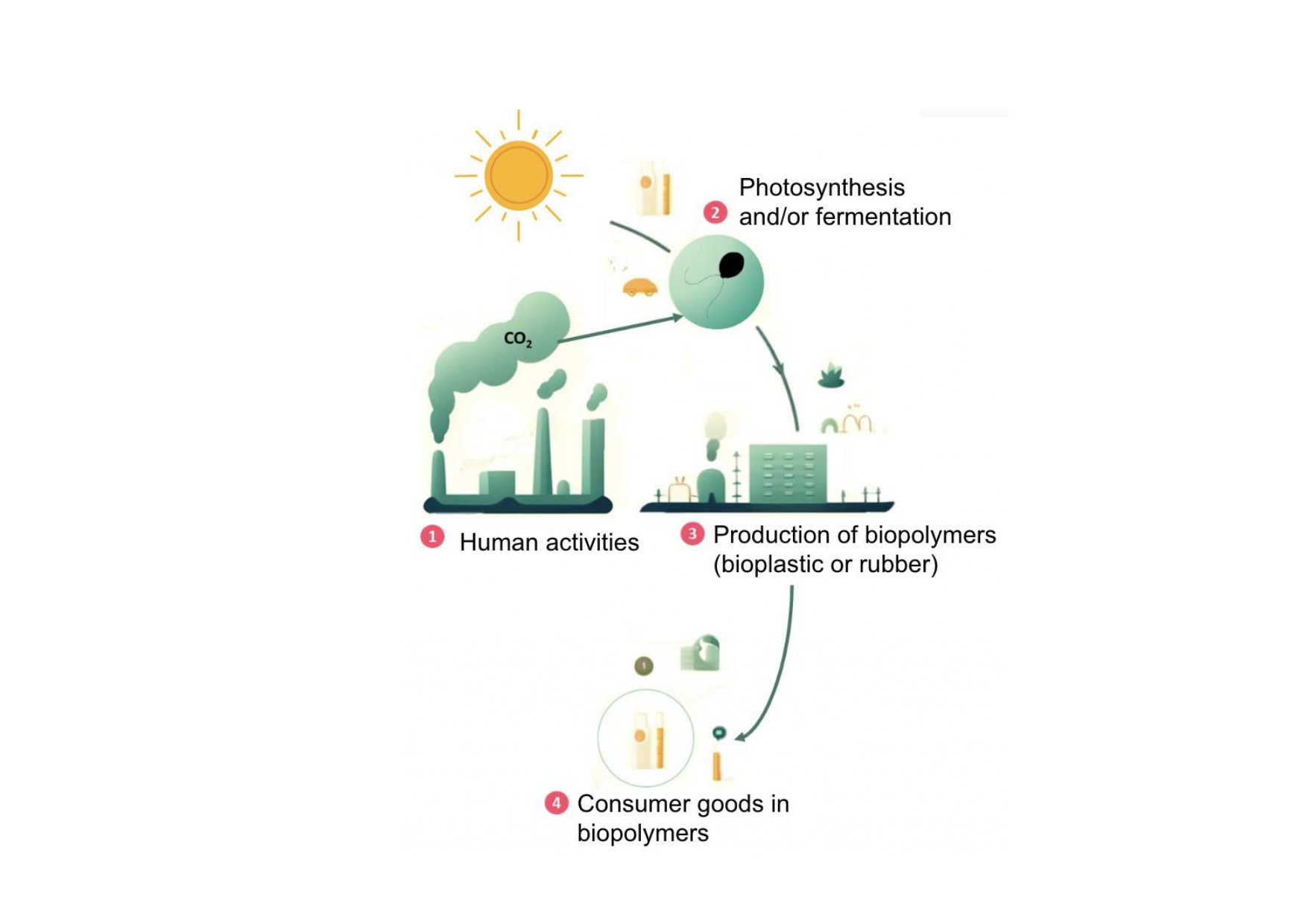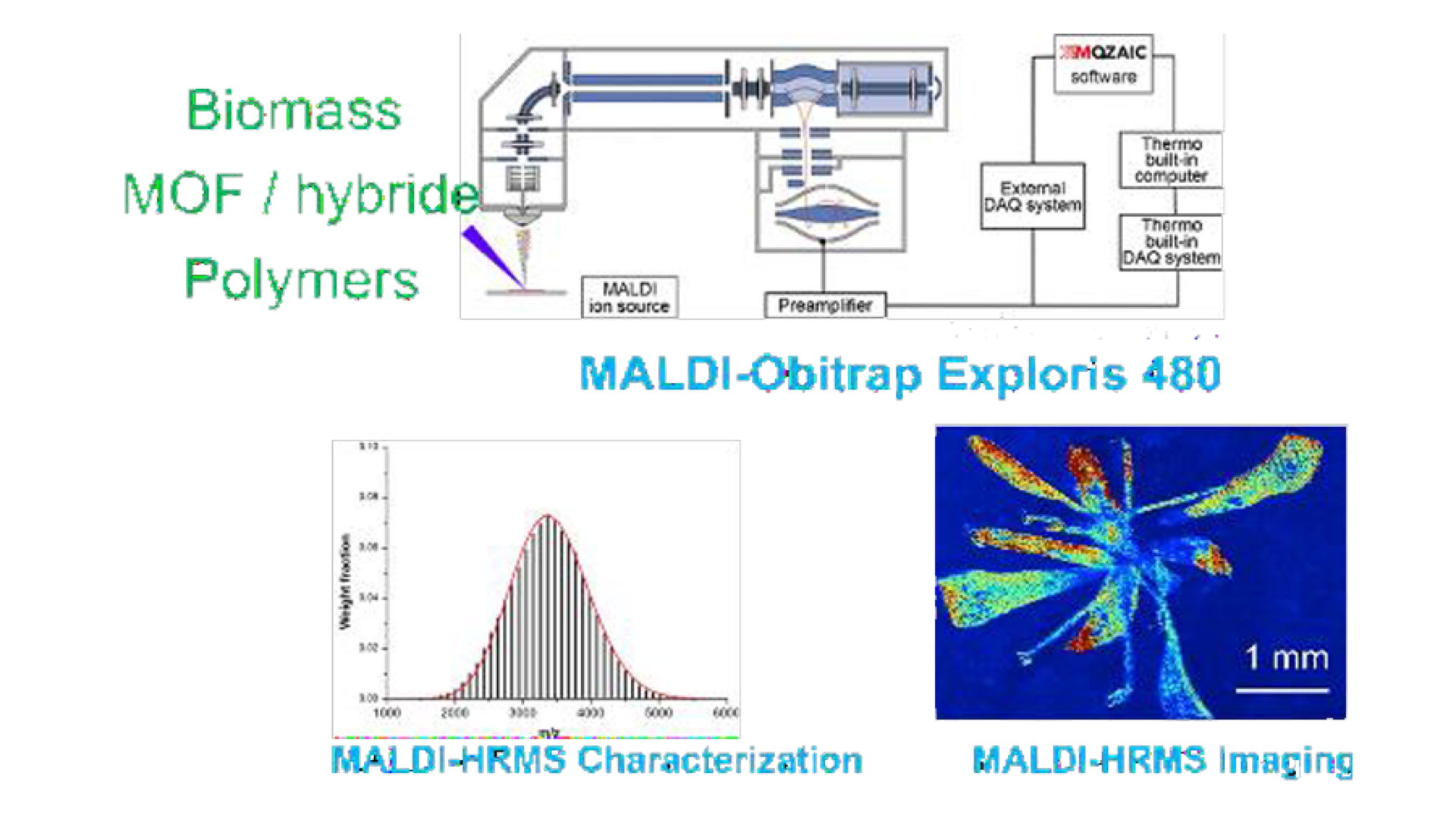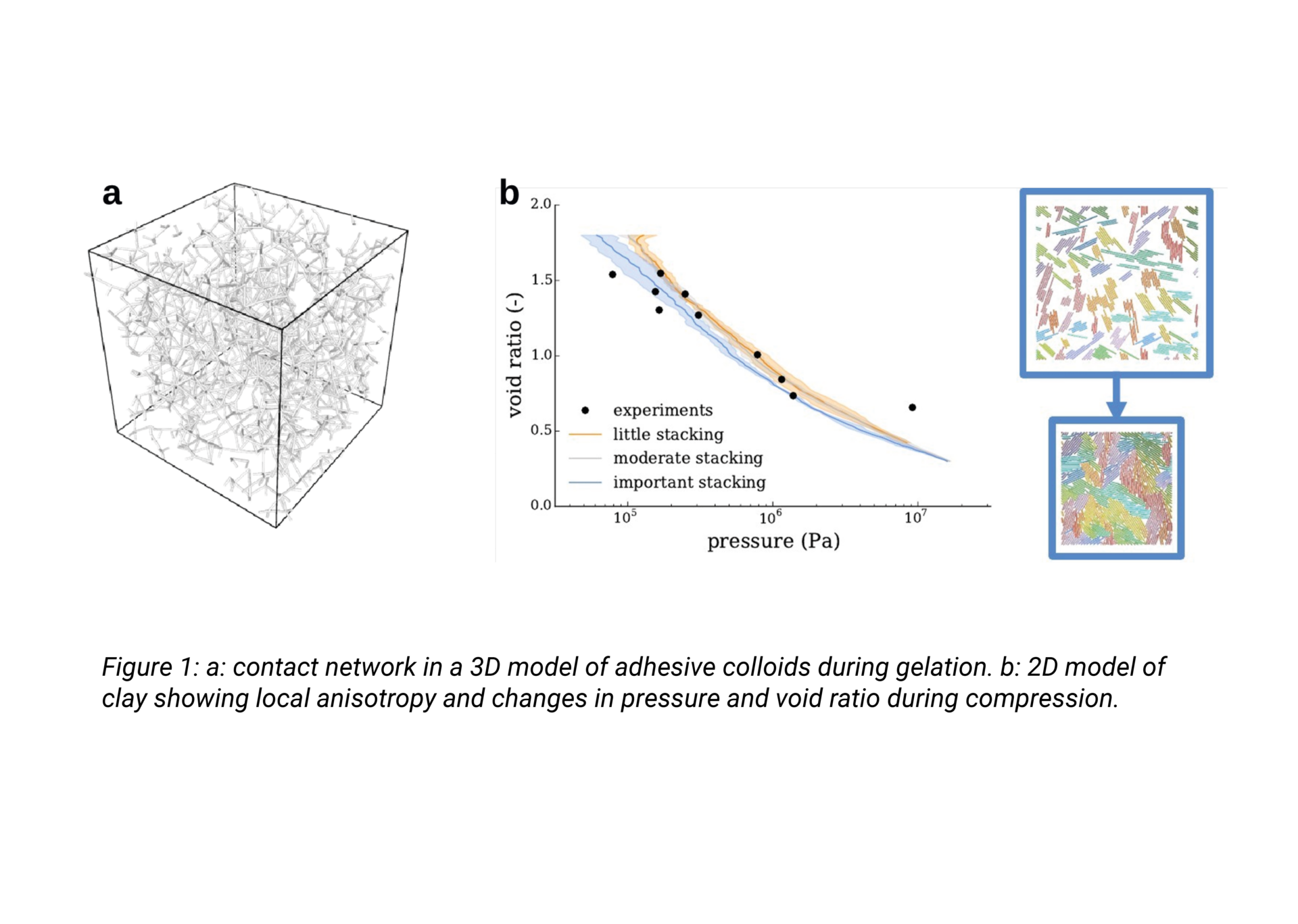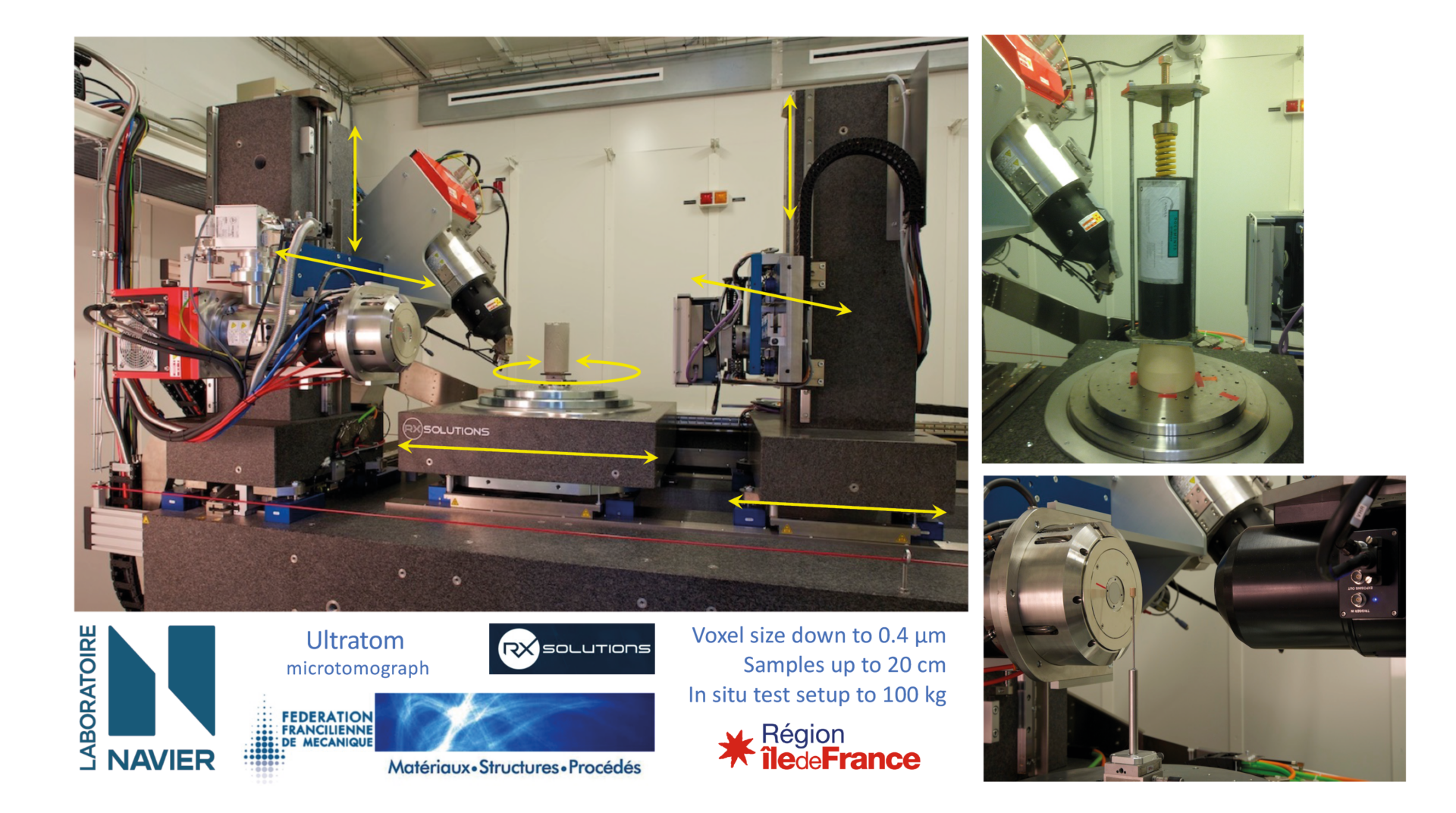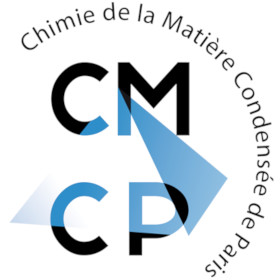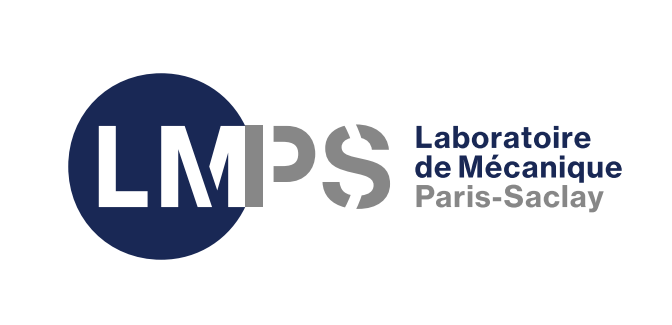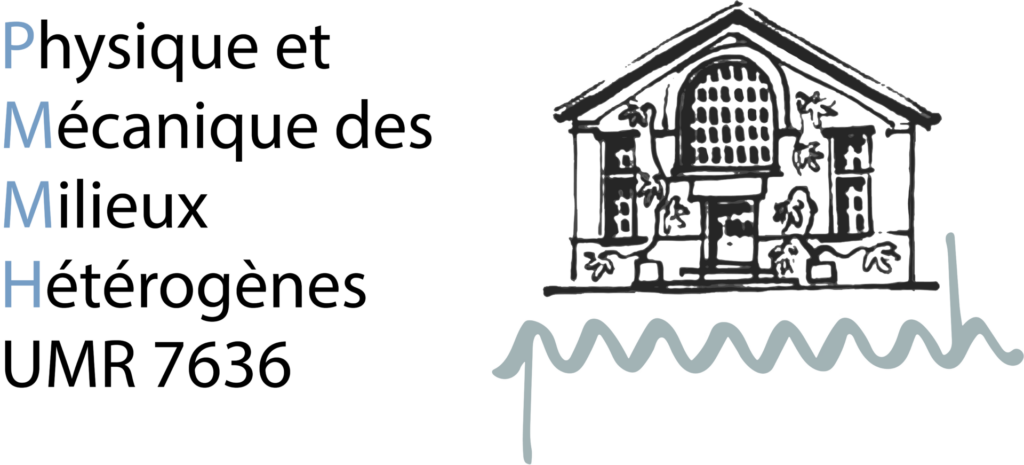Building Materials
On a global scale, the construction and building sectors are responsible for about 10% to 28% of greenhouse gas emissions, and about 5% to 30% of final energy consumption. The construction footprint is mainly attributed to concrete, which heavily uses carbonates and releases the residual CO2 into the atmosphere. That of buildings is mainly due to their phase of use.
Building materials are therefore another area in which we can play a major role in reducing resource consumption and the climate footprint of human activity. It is a question of making buildings more efficient in their management, but also in their production, of heat on the one hand, and energy on the other.
It is throughout the life cycle of a built system (building, infrastructure, etc.) that materials can help reduce its environmental impact: use of natural resources, construction proper (material, processes), use, maintenance and end of life. To do this, we need to optimize the performance and lifespan of these materials, produce them locally, in a biosourced way. Reuse or recycling, or responsible management of end-of-life waste, is also essential.
In this area, the three major challenges that the DIM aims to address are:
- Developping low carbon and recycled cement materials
- Make the entire life cycle of primary materials more virtuous for construction through the emergence of new solutions
- Improving thermal properties of building materials
Axis manager
Articles et publications
TGF screening-debate “Do we still need to invent materials? – SPRINT Summer Camp 2025
The 3rd SPRINT Summer Camp is being organised this year by Sorbonne University‘s Physics UFR for 40 students in Year 10, from 16 to 27 June 2025 [...]
Powder Diffraction Scientist – Momentum Transfer – Germany
Postdoc InsideNano – M/F – CRPP Bordeaux
Assistant engineer in materials synthesis (M/F)
Workshop dense colloidal suspensions: model materials, clays, cements
Dense colloidal suspensions are complex systems that are ubiquitous in nature and in many industrial applications, particularly in the field of construction materials (cements, concretes, clays, soils). [...]
International Symposium on Smart Materials for Energy efficient Built Environment Control
You have until May 10 to submit your poster abstracts and until May 26 to register! Bridging innovative material design with advancements in building science Energy consumption [...]
Paris region PhD 2025
The Region supports scientific employment linked to the needs of businesses by co-funding PhD grants involving an academic laboratory and a socio-economic partner. For what type of [...]
Relive the TGF ‘Do we still have to invent materials? – Trailer
Allowances 2025
IMPORTANT: the link to submit your projects is: https://materre-2025-1.sciencescall.org Please note: If your project involves a structure from the socio-economic world and includes a digital dimension on [...]
Definition of materials chemistry (IUPAC Recommendations 2024)
Job offer Lecturer-researcher in Physics – LAMBE
Science Festival 2024: Come Join Us!
DIM MaTerRE will be present at the Science Festival 2024, taking place from October 4 to 13 with a booth at Versailles Saint Quentin University on October [...]
Court for future generations: do we still need to invent new materials?
The MaTerRE DIM is supporting the “ Should new materials still be invented?” tribunal for future generations, an event organized by Lola Lilensten and Mathilde Laurent-Brocq and [...]
Research Platforms – SESAME FEDER
The Île de France Region launches the call for proposals “Research Platforms – SESAME FEDER”! This call aims to support, develop and create structuring equipment, such as [...]
Postdoctoral offer – SIMM – BioCoCo project
Technology Transfer
Submit your technology transfert project all year round! The call for proposals Technology Transfer on the run of the DIM MaTerRE is intended for any project with [...]
Understanding the degradation mechanisms of cement-based systems in combined chloride-sulfate attack
Projets
ECOPOLYM
new sustainable source of rubbers and plastics from bacterial fermentation or microalgae-based photosynthetic bioproduction.


